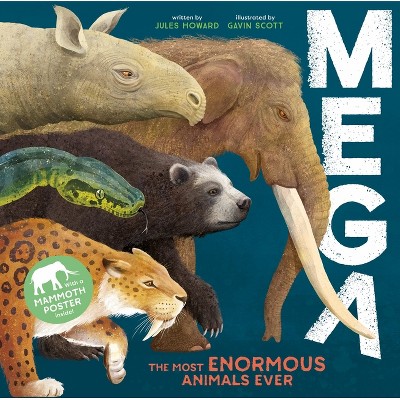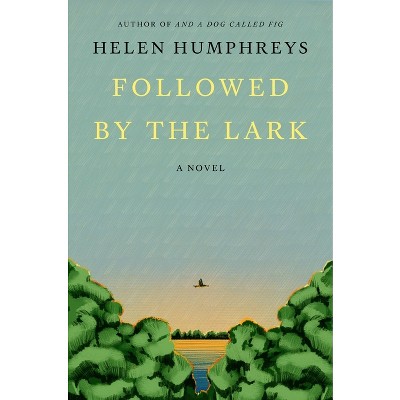Sponsored

Tigers Between Empires - by Jonathan C Slaght (Hardcover)
In Stock
Sponsored
About this item
Highlights
- A Chicago Tribune Most-Anticipated Book of the SeasonThe thrilling saga of the great Amur tiger and the scientists who came together, across the world, to save it.
- About the Author: Jonathan C. Slaght is the author of Owls of the Eastern Ice, which won the PEN/E. O. Wilson Literary Science Writing Award and the Minnesota Book Award for General Nonfiction and was long-listed for the National Book Award.
- 512 Pages
- Nature, Animals
Description
About the Book
"The thrilling saga of the great Amur tiger and the scientists who risked their lives to save it"-- Provided by publisher.Book Synopsis
A Chicago Tribune Most-Anticipated Book of the Season
The thrilling saga of the great Amur tiger and the scientists who came together, across the world, to save it.
The forests of northeast Asia are home to a marvelous range of animals--fish owls and brown bears, musk deer and moose, wolves and raccoon dogs, leopards and tigers. But by the final years of the Cold War, only a few hundred tigers stepped quietly through the snow of the Amur River basin. Soon, the Soviet Union fell, bringing catastrophe; without the careful oversight of a central authority, poaching and logging took a fast, astonishing toll on an already vulnerable species.
Review Quotes
"Pure widescreen epic."
--Christopher Borrelli, Chicago Tribune
--Publishers Weekly "A well-crafted story of a successful conservation effort, against all the odds . . . [A] fluent narrative . . . as much about human history as it is about wild cats."
--Kirkus Reviews "Immersive [and] . . . compelling . . . Informative and engaging . . . A well-researched and well-written account spanning the 35-year history of the Siberian Tiger Project that blends personal stories, conservation, and field work on an iconic species."
--Library Journal "Tigers Between Empires is a riveting account of survival in the face of long odds, beautifully written and unforgettable. Jonathan C. Slaght introduces researchers consumed by fieldwork, as well as individual tigers as full actors in their own story, showing how the team struggles to live another day while providing knowledge that might help tigers gain a lasting foothold in a landscape filled with dangers."
--Andrea Pitzer, author of Icebound: Shipwrecked at the Edge of the World "There is no beast on Earth more formidable, more magnificent, more improbable-seeming than the Amur tiger, standing in the snows of the Russian Far East. This is the saga of that animal, and of the heroic wildlife biologists who have long worked to understand and protect it. Jonathan C. Slaght tells the tale from deep knowledge, in rich detail, with high skill."
--David Quammen, author of Breathless "This feast of a book is as rare a creature as the animals, people, and wild places it brings to life: it's an epic and breathless adventure, stuffed with campfire stories, laughs, brushes with death, and the deep history of a place so rich and strange it seems conjured from ancient myths. If you liked Owls of the Eastern Ice, you'll love this return to the Sikhote-Alin with the plucky, half-mad Russians and Americans who risked their lives to save the greatest of the great cats."
--Jonathan Meiburg, author of A Most Remarkable Creature "A huge adventure at the frontiers of conservation, a whole hidden world, meticulously described, poised on the very edges of the wild, and repeatedly made searingly alive by the majestic animals at its heart."
--Adam Nicolson, author of Bird School
About the Author
Jonathan C. Slaght is the author of Owls of the Eastern Ice, which won the PEN/E. O. Wilson Literary Science Writing Award and the Minnesota Book Award for General Nonfiction and was long-listed for the National Book Award. He is the regional director of the Wildlife Conservation Society's Temperate Asia Program, where he oversees strategic conservation planning in China, Mongolia, Afghanistan, Russia, and Central Asia. He published an annotated translation of Across the Ussuri Kray by Vladimir Arsenyev and cotranslated Winter Ecology of the Amur Tiger by A. G. Yudakov and I. G. Nikolaev. His work has been featured in The New York Times, The Atlantic, The Guardian, and Scientific American, and on the BBC and NPR. He lives in Minneapolis.












